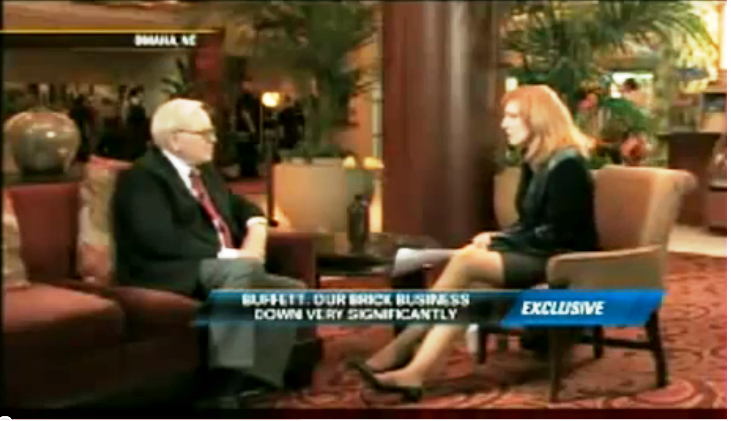
A PRESENTATION INVOLVES standing in front of a crowd of people (often peers, superiors or clients) and speaking about a given topic, sometimes with visual aids in the form of PowerPoints, product slides, or the products themselves. You may get nervous or feel queasy but with practice and confidence, this is bound to become a thing of the past with the following tips of how to give a great presentation:
- When people see you, they want to know what you plan to present about and how you, the presenter, feel about it. As such, the very first thing you should do, before uttering a word, is smile. This makes the audience feel comfortable with you and how you feel about your product, and also gives you a better chance of being listened to due to your positivity. Using gestures along with your words makes what it is you are trying to convey be a bit easier, but don’t cause your flailing appendages to become a distraction. Maintaining eye contact with the audience helps you build trust with them and will help you keep them engaged.
- Once you start the presentation, command their attention and get straight to giving them the points that you have. The “BLUF” method, which means bottom-line-up-front, is the best way to get right to the point and tell the audience exactly what you want or the message you’re planning on basing your presentation on. By smiling and maintaining eye contact, it paves the way of giving them the topic that you are planning to elaborate upon. Progress slowly as you keep going with your presentation and always maintain confidence so as not to lose your audience. Do not be too fast or too slow and throw in one or two ice breakers here and there to keep your audience interested in you. The clothes that you wear should be appropriate and appealing but not indecent.
- A presentation might have visual aids but this doesn’t mean that you should not project vocally. The intensity and inflection of your voice helps determine if the audience wants to listen to you or not. If there is a microphone, test it beforehand so that it can pick up your voice and not your whisper or breathing. In the case of pauses, do not let them be too long as they can prove to be boring to the audience. With that said, a pause is insurmountably better than Ummm’s or Ahhhh’s. Take a deep breath and make your voice audible and recognizable. Do not use a monotone but vary your inflection to match your message. Control the pitch and volume and also make a point of being fluent.
- When using visual aids, the key to having them is that they are clearly understandable to the audience. They should be legible with bold colors that enable them to be easy to read and understand. Subdivide them as this makes it easier for the audience to understand what the presentation (and the visual aids) is all about. The visual aids should be grouped in key points that make the presentation easier to remember and they should not hold so many words that make the audience bored of reading. If you are going to present a new product, try to bring enough prototypes that you can pass them around for the audience to see up-close and hold.






















